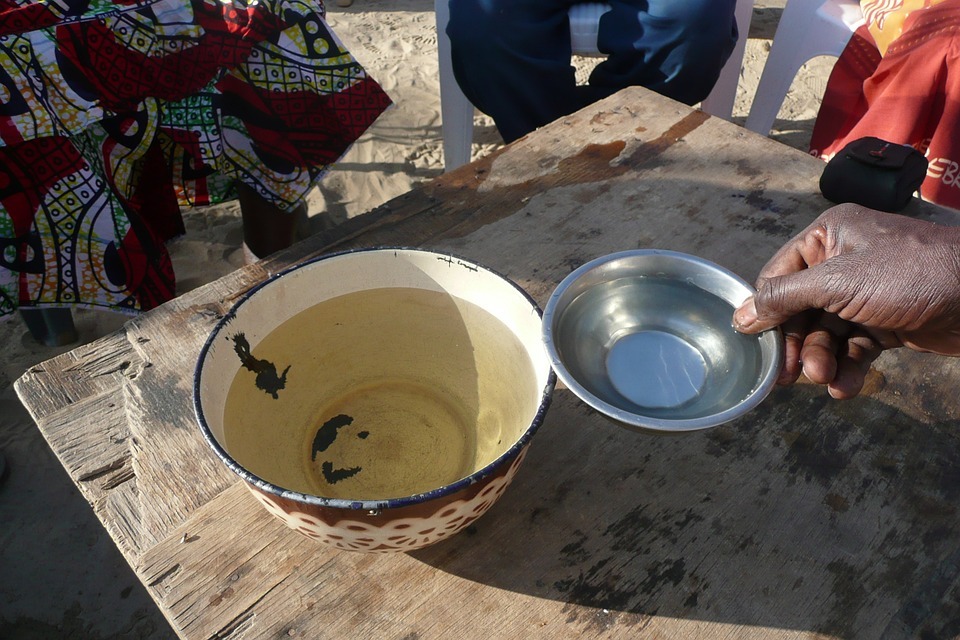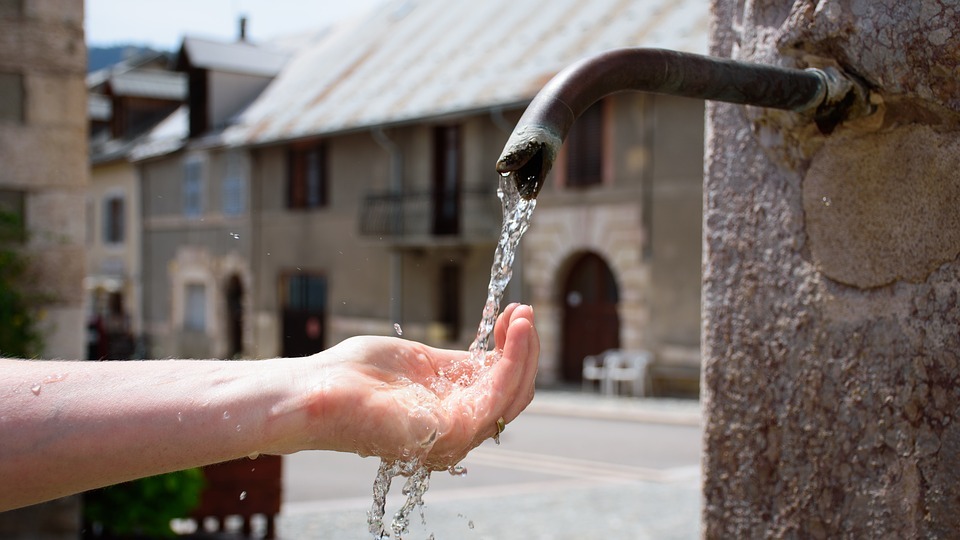Water is an essential element for life – there is no life without it. One of the major consequences in our nation’s deficient and increasingly failing infrastructure is the threat of water delivery problems, which is increasing every second. It is estimated that about 1.7 trillion gallons of water is wasted (leaked) every year due to corroding pipes. Also, the blessing of clean water is not available everywhere.

Undoubtedly, clean water is the backbone of your family’s preparedness program. Water is a much more important source than gold because people can live without it, but not water. Cholera, guinea worm disease, diarrhea, typhoid, and dysentery are just a few common waterborne diseases. If you are in an emergency situation where clean water is not available, try to use bottled water if possible, but if not,
here are 8 effective and proven methods to make water potable:
1. Boiling
One of the best and proven ways to purify water is boiling it. It is the surest method to kill bacteria and disease-causing organisms. Boiled water has a flat taste which can be improved by adding a pinch of salt (for each liter of boiled water) or merely pouring it from one container to another and then waiting for a few hours.
If the boiled water still does not look clean enough and cloudy:
- Use a cloth, coffee filter, or a paper towel to filter it
- Use another container to draw off the clear water into
- Boil the water again for just 1 minute. If you are at elevations above 6,500ft, go ahead and boil the water for about 3 minutes
- Allow the boiled water to cool down
- Store it in a clean and sterilized container, so it doesn’t get contaminated again
2. Water Chlorination
This method should only be used if clean water is not available at all. You can put liquid household chlorine bleach into unclean water. Only use household chlorine because it is diluted and typically contains 5% to 6% chlorine. It is capable of swiftly killing many disease-causing micro-organisms.
Before using this method to make water potable, make sure that you are not using expired household bleach or the one that contains dyes, perfumes, and any other harmful additives. If you want to purify a gallon of water, add 16 drops of bleach only.
Chlorinated water does not taste like bottled water; it has a strange taste, but yet it is purified and safe to drink. Ignoring aesthetic apprehensions such as odor and taste is a better option than dehydrating yourself due to lack of clean water.
3. Iodine tablets
Another option to treat water chemically and make it potable is by using iodine tablets. It has the most significant impact on water’s taste, but if you don’t have any other option available, this is a life-saver. Adding an iodine tablet in the contaminated water is much better than drinking it raw (without purifying) and face potentially deadly consequences.
If you don’t have iodine tablets at hand, you can use a 2% iodine tincture – just add 5 drops per quart of water. Wait for 30 minutes until the deadly micro-organisms are killed and settled at the bottom of the water container.
4. Ultraviolet Treatment
It is the best method which is safe, effective and doesn’t change the taste of water when treatment is done. Treating water using UV is faster too – you can treat about 1 liter of water in just 90 minutes. If you have unclean well water or some other water source, you can use a UV whole house system to remove parasites like Giardia and Cryptosporidium.
You can even make your own small water filtration plant and drink clean water on demand.
5. Distillation
Scientifically, water has a lower boiling temperature than the contaminants and other disease-causing elements found in the water. By distillation, it means to heat the contaminated water and collect its pure form (in the form of vapor). To distill water, heat it until it attains a boiling point and starts turning intovapors. Use a medium such as a pipe to collect the vapors into another container where it is reversed into liquid water, which is clean and safe to drink. The contaminants are left behind in the pot as sediments.
The drawback of distillation is that this process is slow and requires a heat source for purification to work. However, it only purifies small quantities of water and is not an ideal choice for purifying water on a large scale.
6. Filtration through Cloth
This is what you can call a ‘DIY’ water purification process that only requires a thin white cloth. This is most suitable for well water as it can only filter raw water that contains impurities like plant debris, coarse mud particles, or insects.
7. Solar Disinfection
As the name suggests, the sun is used as a heat source for treating and purifying contaminated water. The idea behind solar disinfection is that unclean water contains microbes that are annihilated by the high temperature provided by the sun – this also makes solar disinfection the best option to purify water for a traveler.
8. Polyglu
Polyglu is a coagulant made from fermented soybeans, which is present in powder form and used to make water cleaner. The powder sticks to the pollutants and dirt, causing them to sink to the bottom of the container. You can add one gram of polyglu to treat up to 5 liters of polluted water. However, the disadvantage of this method is that the water is still not purified and needs further treatment to be safe enough to drink.
Conclusion
Water can be purified in a number of ways. Choosing the best approach depends on the available resources and how badly you are in need of clean water. If you are in an emergency situation where clean drinking water is not available, suppose a remote area, you can use any of the above emergency filtration methods to make that polluted water potable.
SAVE WATER, SAVE LIFE.

